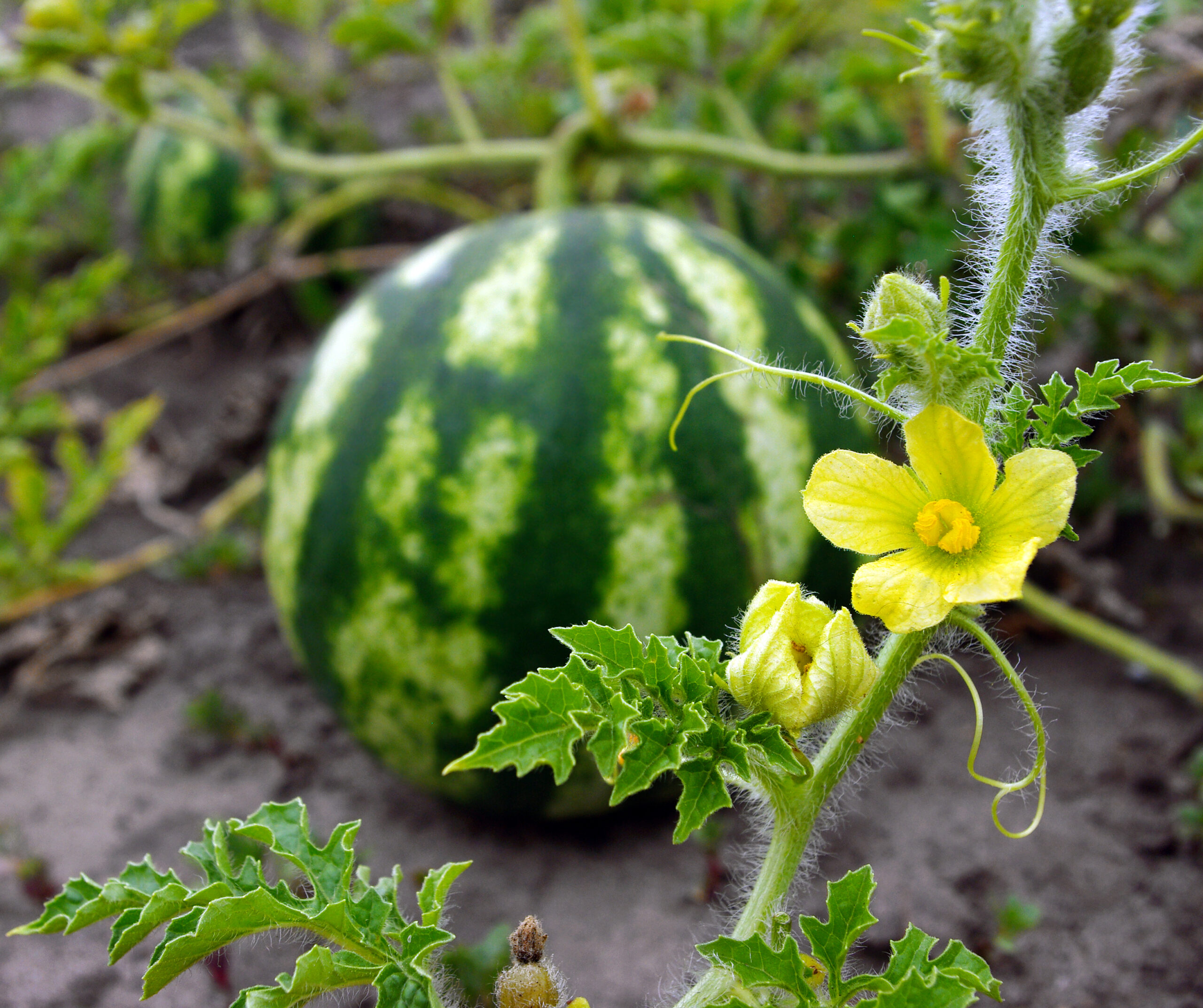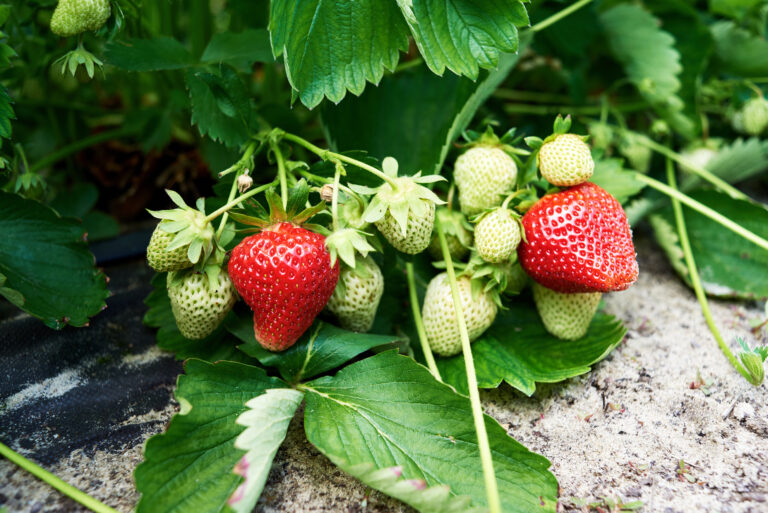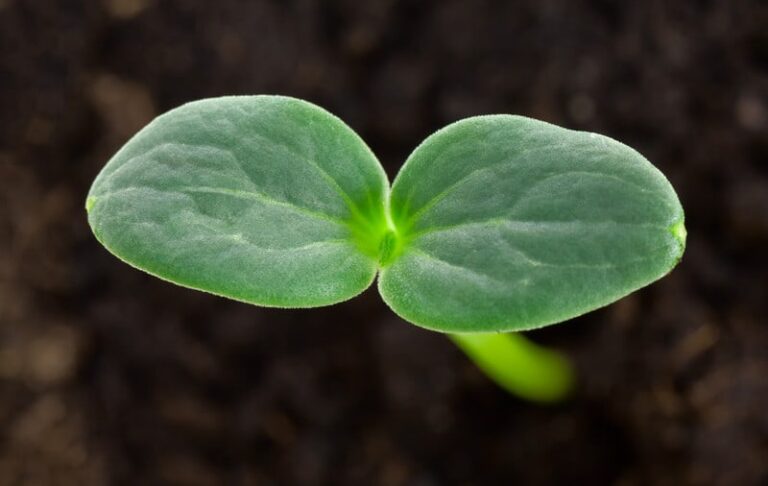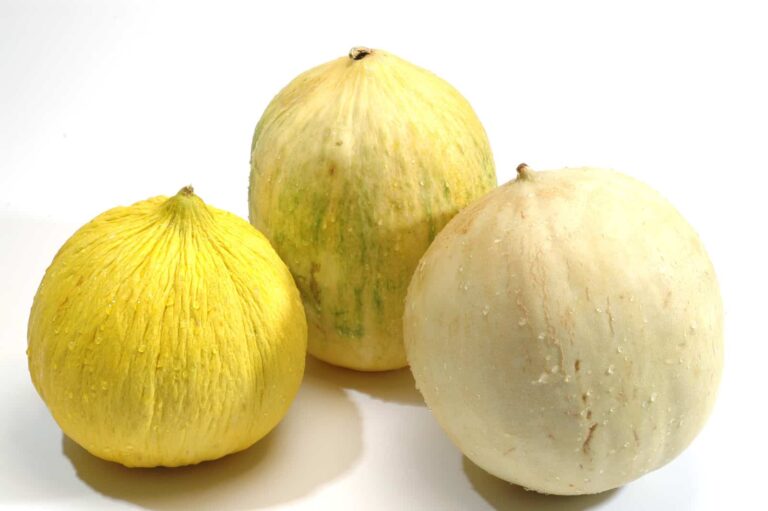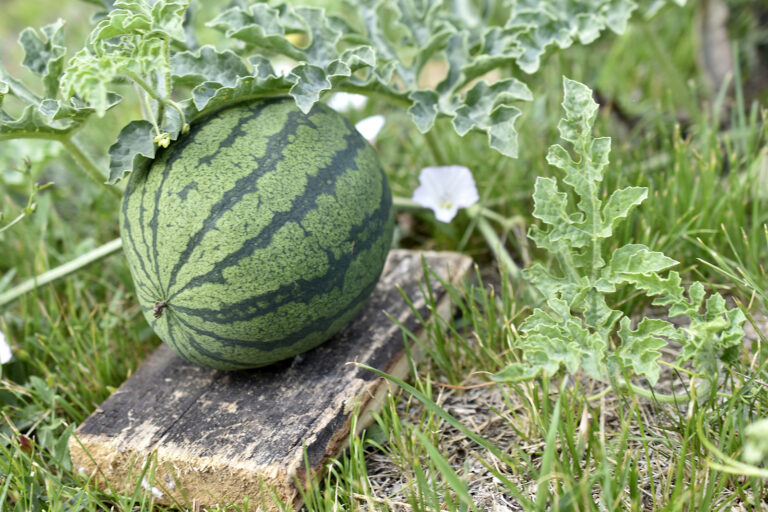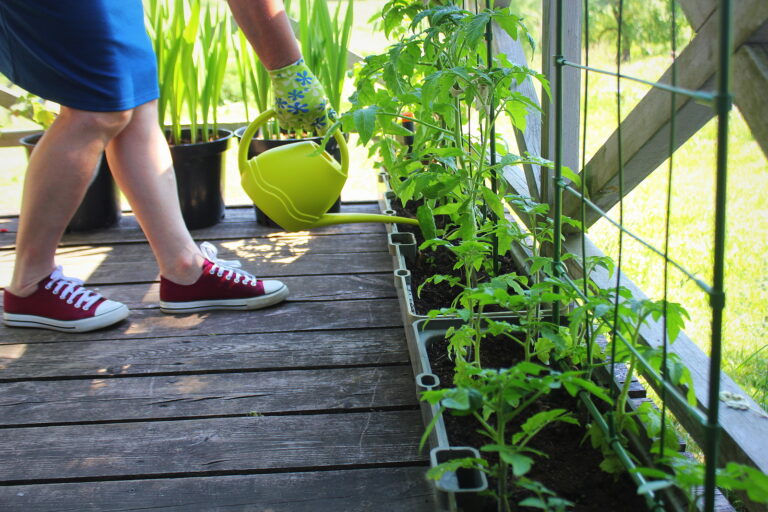Top Watermelon Varieties for Short Growing Seasons
f you live in a region with a short summer—or you’re gardening in a cooler climate where frost can return before Labor Day—growing watermelons can be a challenge. But not an impossible one.
As a longtime gardener who’s grown melons in both coastal and inland regions with varied microclimates, I can tell you firsthand: variety selection is everything when you’re dealing with a short growing window. Fortunately, several watermelon varieties mature in under 90 days, giving you sweet, ripe fruit even in short-season areas.
Below are some of the top-performing watermelon varieties I’ve grown or recommended to gardeners in USDA Zones 3 to 6. These varieties have shorter days to maturity, compact or semi-compact vines, and excellent flavor.
🍉 Cole’s Early
- Days to Maturity: 80
- Fruit Size: 15–20 lbs
- Rind: Dark green with light green stripes; thin
- Flesh: Light red, sweet
- Growth Habit: Broad, oval fruit on vigorous vines
- Notes: A favorite in northern states; open-pollinated
Cole’s Early is a classic choice for short-season gardeners. It reliably ripens even in cooler summers and delivers good size and flavor. I’ve seen gardeners in Minnesota and the Idaho panhandle grow this variety successfully.
🍉 Sugar Baby
- Days to Maturity: 68–86
- Fruit Size: 8–10 lbs
- Rind: Very dark green to almost black
- Flesh: Bright red-orange, fine texture
- Growth Habit: Compact vine
- Notes: Great for icebox storage; open-pollinated
Sugar Baby is perhaps the most well-known short-season watermelon. It matures quickly, is compact enough for raised beds, and produces small, sweet melons perfect for one or two people. I’ve grown Sugar Baby in coastal Northern California with excellent results.
🍉 Fordhook Hybrid
- Days to Maturity: 75
- Fruit Size: 14 lbs
- Flesh: Red, juicy
- Growth Habit: Vigorous vines
- Notes: A fast grower with reliable production
Fordhook Hybrid is a solid performer for gardeners who want a classic red-flesh melon without the long wait. It grows quickly and produces fruit with good sweetness and texture. Plant this variety as soon as soil temperatures reach 70°F.
🍉 Yellow Baby (AAS Winner)
- Days to Maturity: 75
- Fruit Size: 8–10 lbs
- Rind: Light green with dark stripes
- Flesh: Bright yellow, sweet
- Growth Habit: Round to oval; semi-compact vines
- Notes: Excellent storage quality; hybrid
Yellow Baby offers a sunny twist for short-season gardens. It’s an All-America Selections winner for good reason—flavor, storage, and early harvest. This variety stores surprisingly well for a thin-rind melon and is a fun way to add color to fruit salads.
🍉 Yellow Doll
- Days to Maturity: 65–70
- Fruit Size: 4–8 lbs
- Rind: Green with dark green stripes; thin
- Flesh: Yellow, extra sweet
- Growth Habit: Semi-compact vines
- Notes: One of the earliest to mature; open-pollinated
If your growing season is barely 70 days, Yellow Doll is your best bet. It’s one of the earliest maturing melons available and can produce harvestable fruit in under 10 weeks. Despite its small size, the sweetness is remarkable. I’ve recommended this variety to gardeners in Montana and Vermont with success.
Growing Tips for Short-Season Watermelons
Based on years of experience and feedback from other northern growers, here are my best tips:
- Warm the soil early: Use black plastic mulch or row covers to raise soil temperatures.
- Start seeds indoors: Transplant after all danger of frost is past and soil is 70°F or warmer.
- Choose fast-maturing varieties: Aim for 75 days or less if your season is especially short.
- Water deeply, not often: Melons need consistent moisture, especially while fruit is developing.
- Avoid crowding: Even compact vines need airflow and sunlight for fruit to ripen well.
Final Thoughts
You don’t need a long summer to enjoy garden-fresh watermelon. With the right variety and a few season-extending techniques, you can harvest sweet, juicy melons even in short-season climates. Whether you prefer classic red-flesh types like Sugar Baby or golden-flesh varieties like Yellow Doll, there’s a watermelon for every garden.
If you’re new to growing melons in the north, start with two or three varieties and track which ripen fastest and taste best in your conditions.
🌱 Short-Season Watermelon Growing Calendar
| Task | Timing | Notes |
|---|---|---|
| Start seeds indoors | 3–4 weeks before last frost (April 15–22) | Use 4-inch pots; provide bottom heat (75–85°F) for germination. |
| Harden off seedlings | 1 week before transplanting (May 8–15) | Gradually expose to outdoor conditions to avoid transplant shock. |
| Transplant outdoors | After danger of frost, when soil is 70°F+ (May 15–25) | Space compact vines 3–4 ft apart; long vines 5–6 ft. Use row cover to boost warmth. |
| Mulch and feed | 1–2 weeks after transplanting (late May–early June) | Use black plastic or straw; feed with compost or low-nitrogen fertilizer. |
| Pollination begins | Around 30 days after transplanting (mid–late June) | Water deeply; attract pollinators with nearby flowers. |
| First harvests | 65–85 days after sowing (mid–July to early August) | Look for a dry tendril, creamy belly spot, and hollow thump. |
Watermelons Overview Post:
How to Grow Watermelons from Seed to Harvest: Ultimate Guide for Sweet, Juicy Success
Melons Overview: The Ultimate Guide to Growing Melons: From Planting to Harvest
Related Posts:
Starting Watermelons Right
- When and How to Start Watermelons: A Seed-Starting Guide
- Watermelon Temperature Needs: Warmth, Frost, and Growth Milestones
- Soil Prep and Mulching Tips for Healthy Watermelons
Planting & Space Planning
- How Much Space Do Watermelons Need?
- Growing Watermelons in Containers: Tips for Small Gardens
- Growing Watermelons Vertically: Tips for Small Gardens
- Companion Planting for Watermelons: What Works and What Doesn’t
Watermelon Care Through the Season
- Caring for Watermelon Plants Through the Season
- Watering Watermelons: How Much and How Often
- How to Feed Watermelons: Fertilizer Schedules and Organic Options
- Watermelon Pollination Tips: Helping Watermelons Set Fruit
Dealing with Pests and Diseases
Knowing When to Harvest
Choosing the Right Varieties
- Watermelon Varieties by Size: From Personal Melons to Giants
- Top Watermelon Varieties for Short Growing Seasons
- Best Long Vine Watermelons for Large Gardens
- Best Watermelon Varieties for Small Spaces (Bush & Short Vines)
- How to Grow Seedless Watermelons Successfully
Enjoying the Harvest

